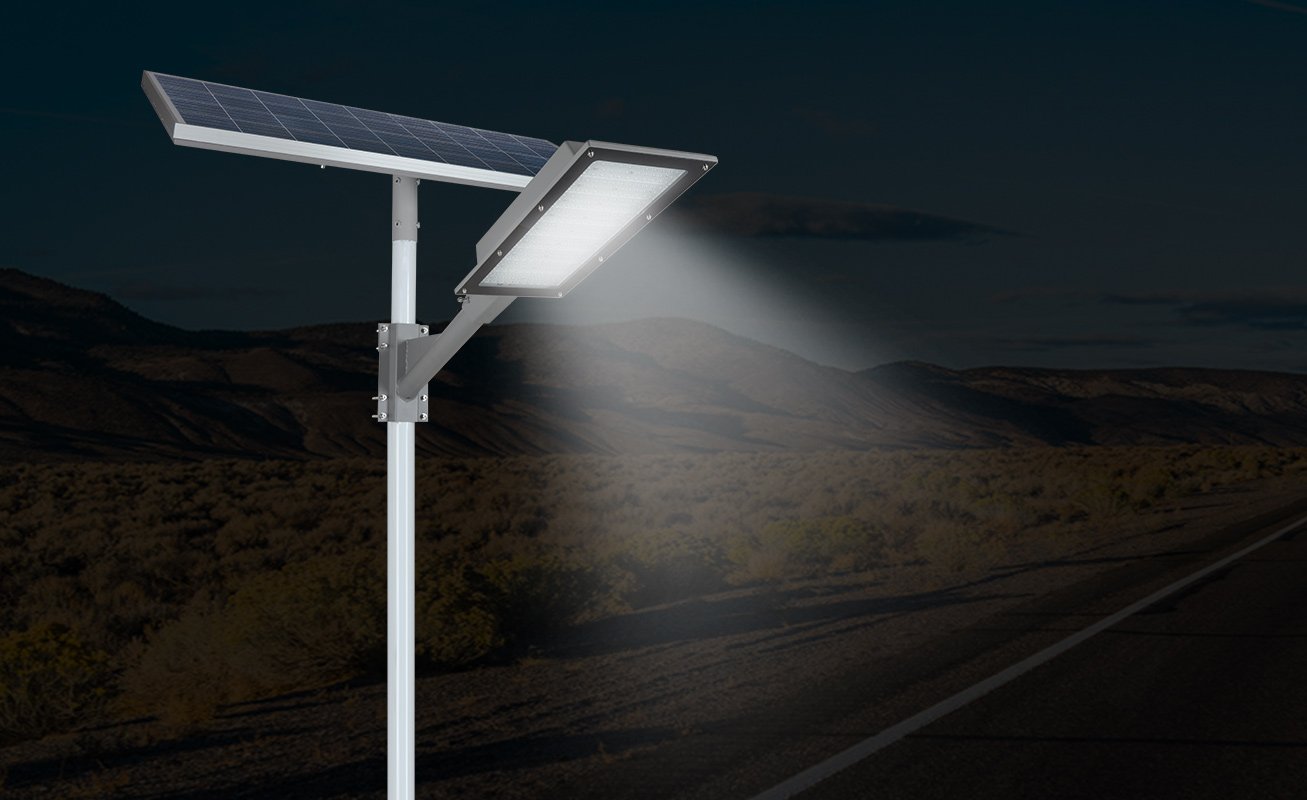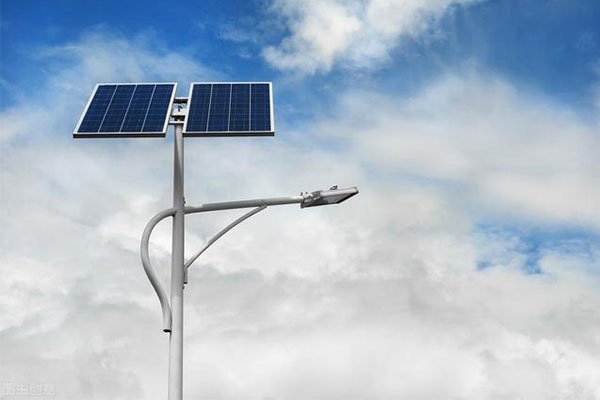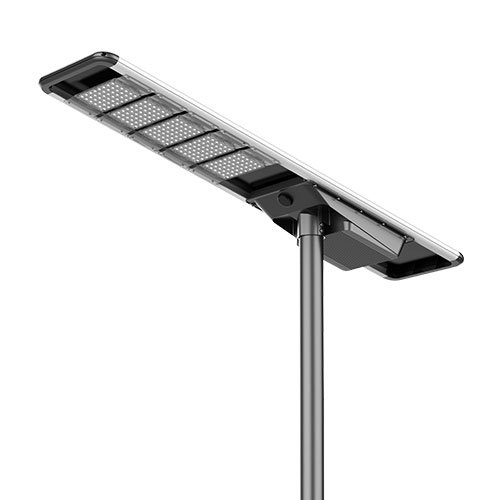Confusing wattage with brightness can lead to costly, inefficient solar lighting choices.
To get the most efficient solar lighting, focus on high lumens (brightness) with low wattage (power use). That’s the winning formula for performance and savings.
If you're planning a solar lighting project, understanding how wattage and lumens work together is the first step toward smart investment.
Why Wattage and Lumens Matter in Solar Lighting?
Solar lighting is now widely used by cities, businesses, and developers.
Efficiency in solar lights means maximizing brightness while minimizing energy use. That’s where wattage and lumens come in.
Over the years, I've helped clients in Africa design solar lighting for everything from village walkways to major roads. The common mistake? Assuming higher wattage equals better performance. The truth is—it’s all about the lumens.
Let’s break it down.
What Is Wattage in Solar Lighting?
Wattage measures how much power a light consumes.
A common misconception is that more watts means more brightness. But that was true for old incandescent bulbs—not for LED-based solar systems.
- Lower wattage = less strain on the solar panel and battery
- Higher wattage = more energy consumption, but not necessarily brighter light
If you're sourcing lights for off-grid areas, lower wattage with high output is ideal. It reduces panel and battery size, which cuts your costs.
What Are Lumens in Solar Lights?
Lumens measure the total visible light output—the real brightness of a light.
Forget watts—when you're judging how bright a solar light is, look at the lumens.
- 800 lumens = about the brightness of a 60-watt incandescent bulb
- More lumens = more visible light, regardless of energy used
That’s why two 20W solar lights can have very different performance—one might be 1200 lumens, the other just 800. Always compare lumens.
Wattage vs. Lumens: Finding the Right Balance
The key to energy-efficient solar lighting is maximizing lumens per watt.

This is known as luminous efficacy. A good system delivers more brightness (lumens) while using less energy (watts).
Here’s the relationship simplified:
| Metric | Definition |
|---|---|
| Wattage (W) | Energy consumed by the light source |
| Lumens (lm) | Amount of light produced |
| Lumen/Watt Ratio | Efficiency rating |
A poor design example:
- 40W solar light, only 1500 lumens → 37.5 lm/W (inefficient)
A smart design example:
- 25W solar light, 3500 lumens → 140 lm/W (very efficient)
Aim for high lumen-to-watt ratios for real energy savings.
Practical Wattage & Lumen Guidelines by Application
Different lighting scenarios need different watt-lumen setups.
Don’t overspend on brightness where it’s not needed—or under-light important areas.
| Application Area | Recommended Wattage | Recommended Lumens |
|---|---|---|
| Pathways & Walkways | 5–10W | 300–600 lm |
| Parking Lots & Parks | 15–30W | 1000–3000 lm |
| Streets & Roadways | 30–60W | 3000–6000 lm |
📝 Tip: Always match lighting to traffic volume, area size, and required visibility.
For example, we designed a project in Ghana where we used only 25W units for village intersections—but spaced them correctly with reflectors. It saved 35% on the original budget without compromising safety.
How to Design an Efficient Solar Lighting System?
Choosing the right specs is only part of the story. Design decisions make or break system efficiency.
Balance wattage, lumens, and smart controls to reduce costs and maximize output.

Here’s what matters:
Solar Panel & Battery Sizing
- Lower wattage = smaller solar panels and batteries
- Right lumen levels = fewer battery cycles, longer lifespan
Intelligent Controls
- Add motion sensors, timers, and dimming
- Reduce output during late-night hours to save power
Placement & Distribution
- Optimize pole height and distance
- Prevent overlaps or dark zones
We once reduced fixture count by 20% on a hospital parking project in Uganda just by tweaking spacing and using motion-activated dimming.
Why LEDs Matter for Watt-Lumen Efficiency?
LEDs completely changed the lighting game.
LED solar lights offer more brightness using much less power.
| Technology | Average Lumens per Watt | Typical Lifespan |
|---|---|---|
| Incandescent | 10–15 lm/W | 1,000 hours |
| Fluorescent | 50–80 lm/W | 10,000 hours |
| LED | 100–180 lm/W | 50,000 hours |
LEDs are perfect for solar because:
- They generate less heat, so energy loss is minimal
- They last longer—lower maintenance costs
- They allow for smarter control systems (dimming, sensors, etc.)
All our street lights use high-output LED chips because they’re more efficient and reliable in remote, low-maintenance setups.
How to Choose the Right Solar Light Specs?
There’s no universal “perfect” watt-lumen combo.

Your best choice depends on your use case, local sun conditions, and budget.
Use this quick checklist:
- Know your application – pathway, street, parking, etc.
- Check lumen needs first, not wattage
- Choose high-efficiency LED fixtures
- Match wattage to solar panel/battery size
- Use smart features to reduce daily power draw
In short, it’s not about getting the biggest, most powerful light. It’s about getting the right light—for the right purpose—using the least energy possible.
Talk to a Solar Lighting Expert
If you're working on a project and want help choosing the most efficient lighting setup, let’s talk.
We offer free system assessments and help clients across Africa design cost-effective, performance-driven solar lighting systems.
Reach out today—we’ll help you find the best lumen-watt balance for your site.







